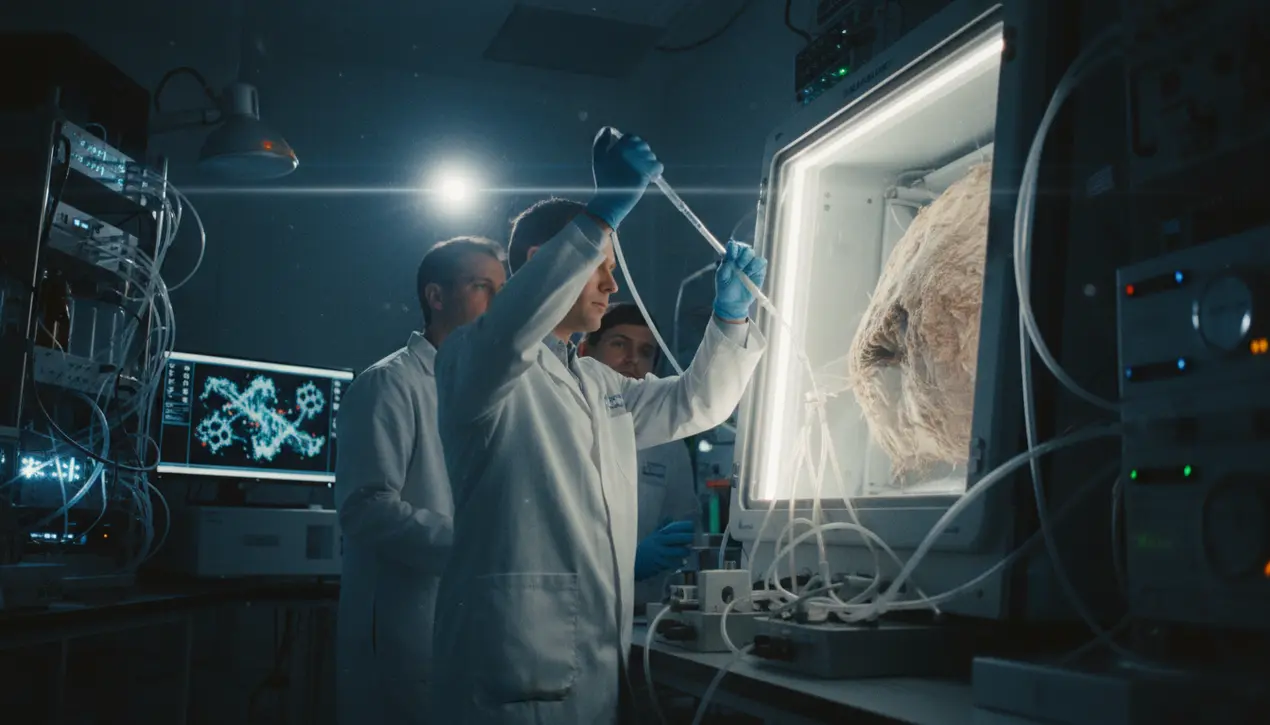
Sciencearchaeology
Scientists recover 40,000-year-old mammoth RNA still packed with clues
KE
Kevin White
2 hours ago7 min read
In a discovery that fundamentally rewrites our understanding of molecular longevity, a team of scientists has successfully sequenced the oldest RNA ever recovered, extracted from a woolly mammoth that has been frozen in the Siberian permafrost for nearly 40,000 years. This isn't just another fossil; it's a functional snapshot, a biological time capsule that reveals which genes were actively transcribing in the creature's skin and muscle tissues at the moment of its death.Think of DNA as the static, entire blueprint for an organism, hardcoded and relatively stable. RNA, by contrast, is the dynamic, real-time messenger, orchestrating cellular functions and responding to the immediate environment.Its inherent fragility means it degrades rapidly post-mortem, making its survival over such a colossal timeframe a revelation that pushes the boundaries of paleogenetics. The implications are staggering, offering a rare, almost cinematic glimpse into the mammoth's lived biology and its final moments—what genes were firing as it struggled in its icy tomb? The research team, employing cutting-edge sequencing techniques typically reserved for modern clinical samples, didn't just stop at identifying messenger RNA.They went deeper, isolating ancient microRNAs, tiny regulatory molecules that fine-tune gene expression, and pinpointing rare, tissue-specific mutations that acted as a definitive genetic fingerprint, conclusively confirming the RNA's origin was the mammoth itself and not modern contamination. This breakthrough, published in a landmark study, demonstrates that RNA can endure for millennia under ideal preservation conditions, effectively shattering previous assumptions and opening up an entirely new frontier for studying extinct species.We are no longer limited to reconstructing what they were from their DNA; we can now begin to understand how they functioned. For researchers like myself, who live at the intersection of AI and biology, this feels like the dawn of a new era—a 'functional paleogenomics'.It's the kind of foundational discovery that paves the way for more ambitious projects, perhaps one day allowing us to observe the real-time cellular response of a Neanderthal to an infection or to understand the metabolic quirks of a saber-toothed cat. The methodologies honed here, involving sophisticated computational pipelines to piece together degraded fragments, are directly applicable to modern biotech, from improving RNA-based therapeutics to preserving biological samples for future generations. This isn't merely an academic curiosity; it's a proof-of-concept that reshapes our entire approach to ancient life, transforming these long-vanished giants from static museum skeletons into dynamic biological entities whose inner workings we are just beginning to decipher.
#featured
#mammoth
#ancient rna
#genetics
#extinct species
#research breakthrough
#paleogenomics
Stay Informed. Act Smarter.
Get weekly highlights, major headlines, and expert insights — then put your knowledge to work in our live prediction markets.
Comments
Loading comments...
© 2025 Outpoll Service LTD. All rights reserved.